Career Minimalism: Why Climbing the Career Ladder Is Going Out of Style
Last Updated Nov 17, 2025

Employees are rethinking what success looks like — and climbing the corporate ladder isn’t the goal anymore.
Welcome to career minimalism: a new approach where people work with intention, protect their energy, and build sustainable careers that fit their lives.
This shift comes as stress and burnout rise. Over half of Millennials (56%) and of Gen Z (55%) workers report higher stress levels, according to Wellhub’s State of Work-Life Wellness 2026. And a paltry 17% strongly agree that wellness is ingrained in their company’s culture.
This isn’t quiet quitting. Workers aren’t checking out. Instead, career minimalism reflects a healthier definition of ambition, where wellbeing and performance work together instead of competing.
Discover how career minimalism is transforming the modern workplace — and how HR can harness it to build happier, longer-lasting teams.
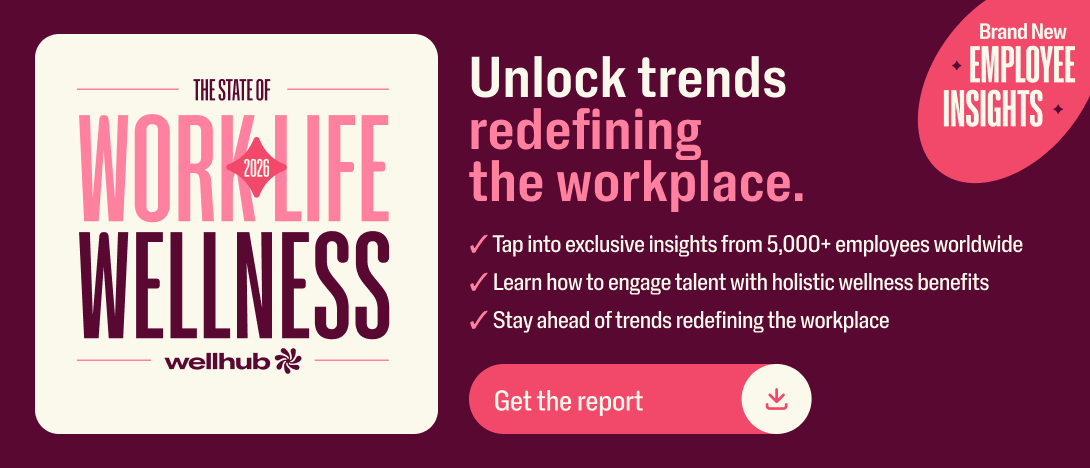
What You’ll Learn:
- The Rise of Career Minimalism: Why employees across generations are redefining success — prioritizing balance, flexibility, and wellbeing over titles, hierarchy, and hustle culture.
- How the “Ladder” Became the “Lily Pad”: How workers are choosing nonlinear, values-driven career paths — moving laterally or pausing intentionally to protect energy, gain skills, and thrive sustainably.
- Generational Drivers Behind the Shift: What Gen Z, Millennials, Gen X, and Boomers each value in this new work philosophy — from autonomy and mental health to stability and legacy.
- The Business Case for Minimalism: How this movement boosts retention, wellbeing, and productivity — with 97% of CEOs reporting performance gains from wellbeing investments.
- HR’s Playbook for Sustainable Success: Seven actionable strategies to harness career minimalism — from redefining growth paths and training managers as coaches to embedding wellbeing metrics and modeling balance at every level.
What Is Career Minimalism?
Career minimalism is an intentional approach to work that values stability, flexibility, and wellbeing over titles or rapid advancement. Instead of chasing promotions, career minimalists build careers that align with their values, health, and quality of life.
For many employees, this looks like treating their job as a means to live, not their reason for living. They may explore side hustles for creative expression or fulfillment, choose flexible roles over management positions, and define success through balance instead of burnout.

The Core of Career Minimalism
Let’s break down the key features that define this new philosophy of work:
- A job is a means to live, not the meaning of life. Career minimalists don’t view work as their primary identity. They work to support the lifestyle, relationships, and wellbeing they value most. This shift is driven by a growing awareness of mental health and burnout: As revealed in Wellhub’s State of Work-Life Wellness 2025 report, 47% of employees say work stress is degrading their mental wellbeing, making it the leading cause of emotional health issues. That’s not sustainable.
- Side hustles and creative pursuits are expressions of self, not escape plans. Many people embracing career minimalism still work hard — but they channel creativity and ambition into multiple outlets. That could mean launching a freelance project, volunteering, or pursuing a passion hobby that adds meaning without the pressure of monetization.
- Minimal management ambition. Traditional corporate culture taught us that success equals leadership. But younger generations are redefining success on their own terms. Research from Robert Walters shows that over 50% of Gen Z professionals aren’t interested in becoming middle managers, and 72% would rather grow as individual contributors.
What Career Minimalism Looks Like in Practice
So what does career minimalism actually look like day-to-day?
It’s not a trend that lives only on TikTok or in think-pieces. It’s something employees are practicing right now — in how they choose roles, set boundaries, and define growth. Let’s break it down.
- The “Lily-Pad” Career Path
The old career model looked like a ladder — one narrow, vertical path where each rung meant more responsibility, more stress, and (hopefully) more reward. Career minimalists are choosing something different: a “lily pad” career, where you jump laterally, diagonally, or even pause between moves to prioritize learning, balance, or life outside work.
Instead of chasing a title, these professionals chase fit. Instead of focusing on “climbing,” they focus on thriving. The young professionals who prefer “career lily-pads” to ladders see these lateral movements offering learning and balance at the same time.
Rage Applying to #LazyGirlJob: What HR Can Do About These 6 TikTok Job Trends
- Thriving in Place
Not everyone wants to even wants to hop around. Many career minimalists are finding satisfaction by mastering their current roles instead of chasing the next one. They measure success by autonomy, stability, and wellbeing.
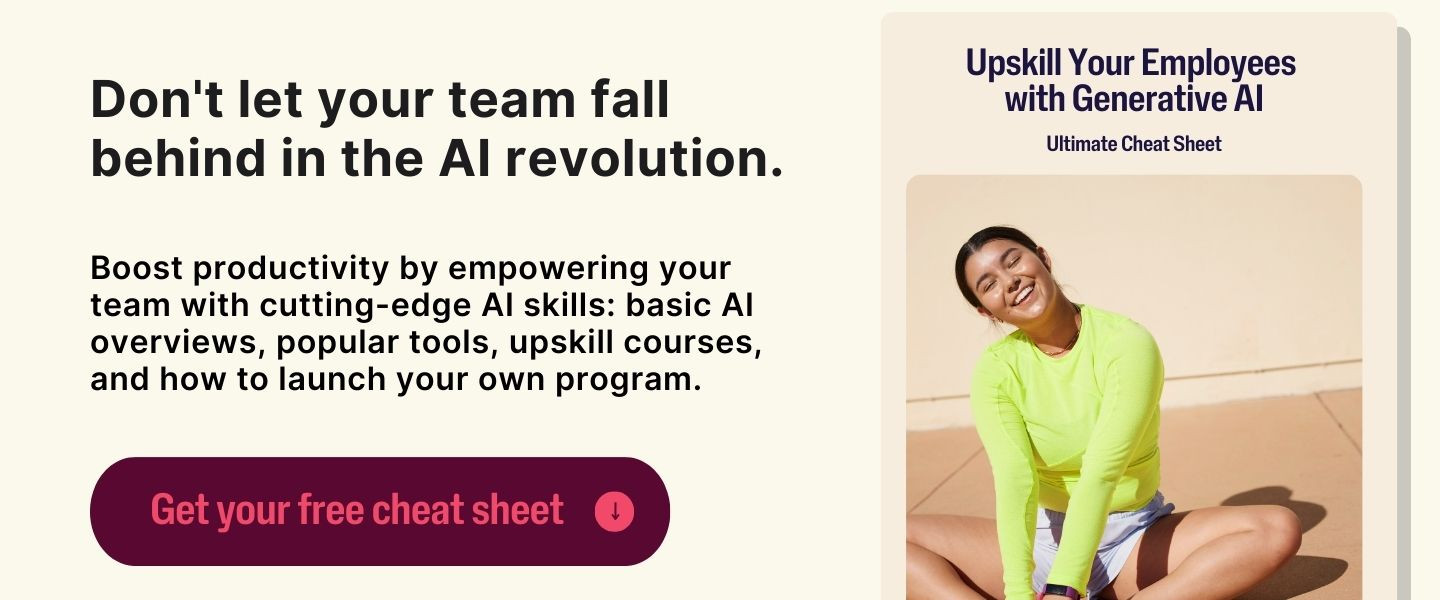
- Side Hustles as Self-Care
For many employees, side projects aren’t a distraction — they’re fulfillment. From freelance photography to tutoring to volunteering, these pursuits expand identity beyond job titles. Fortunately for employers, this generative outside labor feeds workplace performance: 78% of employees say their spiritual wellbeing (or sense of personal fulfillment) impacts their productivity at work.
- Boundaries as a Form of Growth
Old-school success equated extra hours with extra loyalty. Career minimalists have flipped that script. They see boundaries — turning off notifications, declining unnecessary meetings, saying no to unpaid emotional labor — as essential to long-term performance.
- Redefining Rewards
Career minimalists aren’t allergic to ambition — they just define reward differently. They value wellbeing stipends, learning budgets, hybrid schedules, and recognition over status.
Why Now? The Forces Driving Career Minimalism
Something big is happening in the world of work. Employees across generations are re-evaluating what “success” actually means, and many are deciding that the traditional climb just isn’t worth the stress. Career minimalism has emerged as a direct response to that shift: a calmer, more conscious way to work that fits life, rather than runs it.
The Economic Shake-up
Over the last decade, the stability once promised by corporate ladders has given way to something far less predictable. Automation, AI, and rapid business change have rewritten the rules. This is an adaptation to a fast-changing, often unstable job market.
The Wellbeing Revolution
At the same time, workers are tired — and taking charge of their wellness. According to Wellhub’s State of Work-Life Wellness 2026, 56% of Millennials and 55% of Gen Z report rising stress levels, both higher than the global average. Yet 64% of employees say they’ve become more intentional about wellbeing over the past five years.
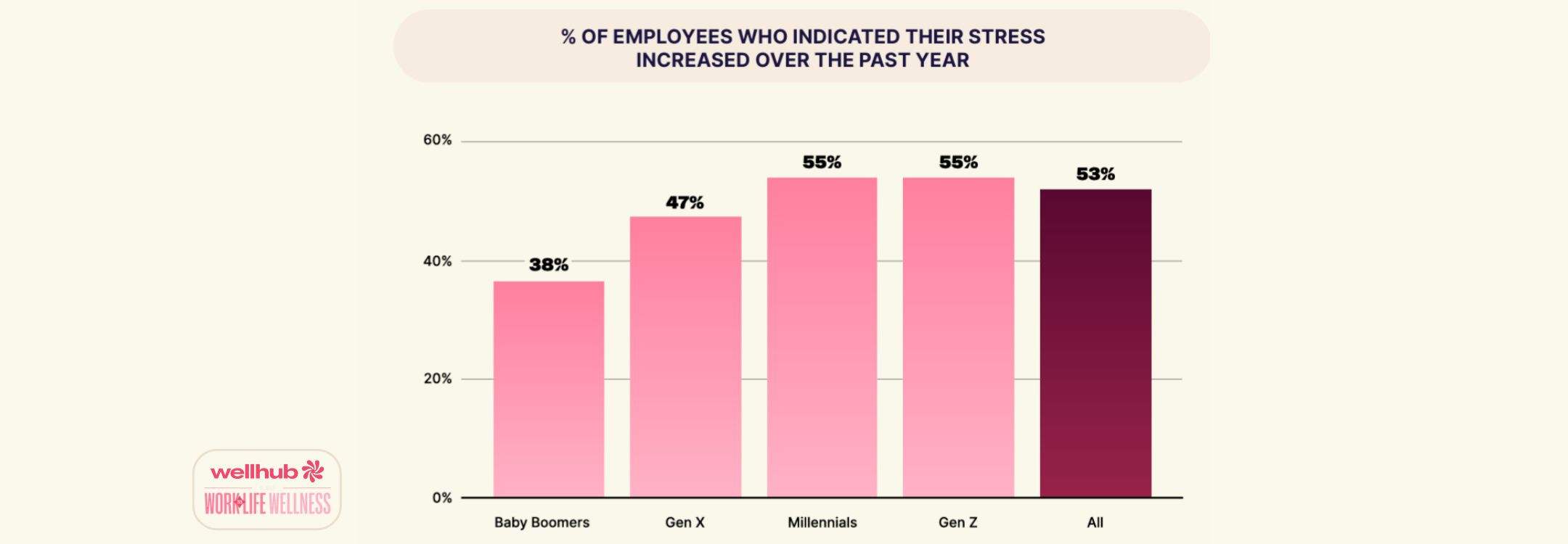
It’s that intentionality fueling career minimalism. People aren’t trying to do less — they’re trying to do better, in jobs that don’t compromise their mental or physical health. And the companies listening are reaping the rewards: 58% of CEOs strongly agree that wellbeing is critical to their organization's financial success.
The link between wellbeing and performance is clear — so it’s no wonder more employees treat energy management like it’s part of the job description.
A Generational Mindset Shift
Younger workers are leading the charge. Over 50% of Gen Z professionals aren’t interested in becoming middle managers — nearly 70% describe middle management as a high-stress, low-reward role. That’s not apathy — it’s strategy. They’re choosing balance, purpose, and freedom over hierarchy. For HR leaders, that’s a signpost: your emerging talent pool isn’t chasing titles. They’re chasing impact, learning, and flexibility.
What Do Bare Minimum Mondays Mean for Employers?
The Meaning of Work, Redefined
Career minimalism reflects a larger cultural truth: people no longer see work as the center of their identity. Instead, they want jobs that support their lives instead of consuming them. They still care deeply about purpose and contribution, but they’re measuring success by how healthy, fulfilled, and free they feel at the end of the day.
Generational Breakdown: Who’s Embracing It and Why
Career minimalism isn’t a one-generation phenomenon: 86% of employees overall consider their wellbeing at work to be as important as their salary. Across every age group, people are redefining what ambition looks like, but they’re doing it in very different ways.
Gen Z | Redefining ambition altogether
For Gen Z, the message is simple: work should fit life, not the other way around. They’re the first generation to enter the workforce prioritizing mental health and autonomy from day one. Seventy-two percent of Gen Z would rather grow as individual contributors, and Deloitte research finds that a mere 6% of Gen Z employees aspire to reach the C-suite.
This group is also the most proactive about caring for their mental health. Half of Gen Z workers say they’re in therapy, and 19% practice mindfulness regularly — higher than any other generation, according to Wellhub’s State of Work-Life Wellness 2025. When you pair that focus on wellness with their clear boundaries around work, it’s easy to see why career minimalism feels natural to them.
To reach this group, HR leaders should spotlight flexibility, side-project freedom, and values alignment that supports their personal energy-allocation strategy.
Millennials | The intentional re-balancers
Millennials walked so Gen Z could set boundaries. They were raised to chase achievement — and now, many are re-writing the rules to recover from burnout.
Career minimalism for Millennials looks like sustainability. Many are choosing stable, meaningful roles with flexibility, prioritizing family, and integrating passion projects.
HR leaders can help by offering lateral growth options and holistic wellbeing benefits that make balance achievable, not aspirational.
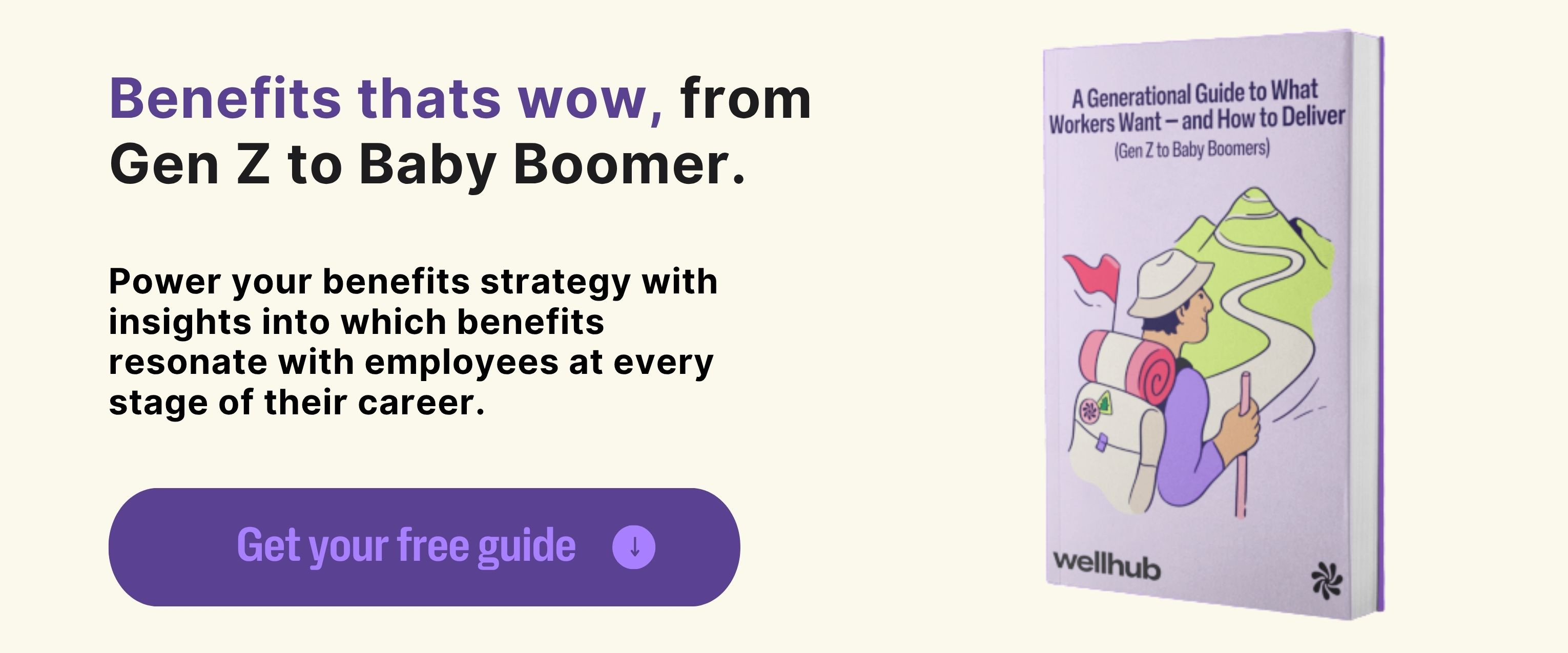
Gen X | The quiet pragmatists
Gen X may not use the term “career minimalism,” but they’re living it. They’ve seen enough market turbulence to value stability and control. Nearly half (48%) of Gen X employees cite work stress as a cause of mental health decline, yet 59% report improved wellbeing over recent years.
This generation often leads teams while managing family and aging-parent care — making time their most precious resource. They’re motivated by efficiency, hybrid flexibility, and employers that respect their limits.
To support Gen X, HR leaders should design policies that honor work-life autonomy — think hybrid models, sabbatical options, and outcomes-based performance reviews instead of clock-watching.
Baby Boomers | Balancing legacy and longevity
While Boomers tend to associate success with hierarchy, even they’re shifting focus: 55% say their wellbeing has improved in recent years. Many are delaying retirement but seeking less demanding roles that allow them to contribute meaningfully without sacrificing health.
For this group, career minimalism isn’t about rejecting leadership — it’s about pacing it. HR can help by creating mentorship programs, flexible scheduling, and wellness resources that keep seasoned professionals engaged and energized without burnout.
The Big Picture
Across every generation, one thing is clear: people are done with burnout as a badge of honor. From Gen Z’s mental-health advocacy to Millennials’ intentional balance and Gen X’s quest for control, career minimalism redefines success as sustainability.
And when employees prioritize long-term success, organizations benefit too. Wellhub’s Return on Wellbeing 2025: The CEO Editionfound 97% of C-suite leaders report productivity improvements from their wellbeing program.
Simply put, wellbeing and performance aren’t competing priorities — they’re the pillars of the modern workplace.
How HR Can Handle the Benefits & Risks of Career Minimalism
Career minimalism is often described as “doing less.” But in reality, it’s about doing what matters most.
When employees design careers around wellbeing and intention, the benefits ripple across teams, culture, and business results.
But—like any movement—it also comes with challenges HR leaders must navigate.
The Benefits
- Higher Wellbeing and Lower Burnout
When people simplify their career goals, they reclaim mental bandwidth.
Wellhub’s State of Work-Life Wellness 2025found that 47% of employees say work stress is degrading their mental wellbeing, yet when younger generations who engage in mindfulness or therapy report feeling stronger and more resilient. Career minimalism helps employees build those habits—preventing burnout before it begins.
HR takeaway: Promote programs that give employees permission to prioritize rest and recovery. Flexible work hours, meeting-free days, or built-in wellness time reinforce this mindset.
- Better Retention and Engagement
When wellbeing becomes part of career design, people stay.
Four out of five employees would consider leaving a company that does not focus on employee wellbeing. And the same number of job seekers (85%) would only consider working for companies that care about their wellbeing.
This cultural realignment is showing up in company metrics: Four out of five CEOs say their wellness programs strengthen their company's ability to attract talent.
Career minimalists don’t job-hop out of boredom—they leave when employers ignore balance. Support their boundaries, and loyalty follows.
HR takeaway: Turn retention conversations into wellbeing conversations. Ask: How can we make this role sustainable for you long-term?
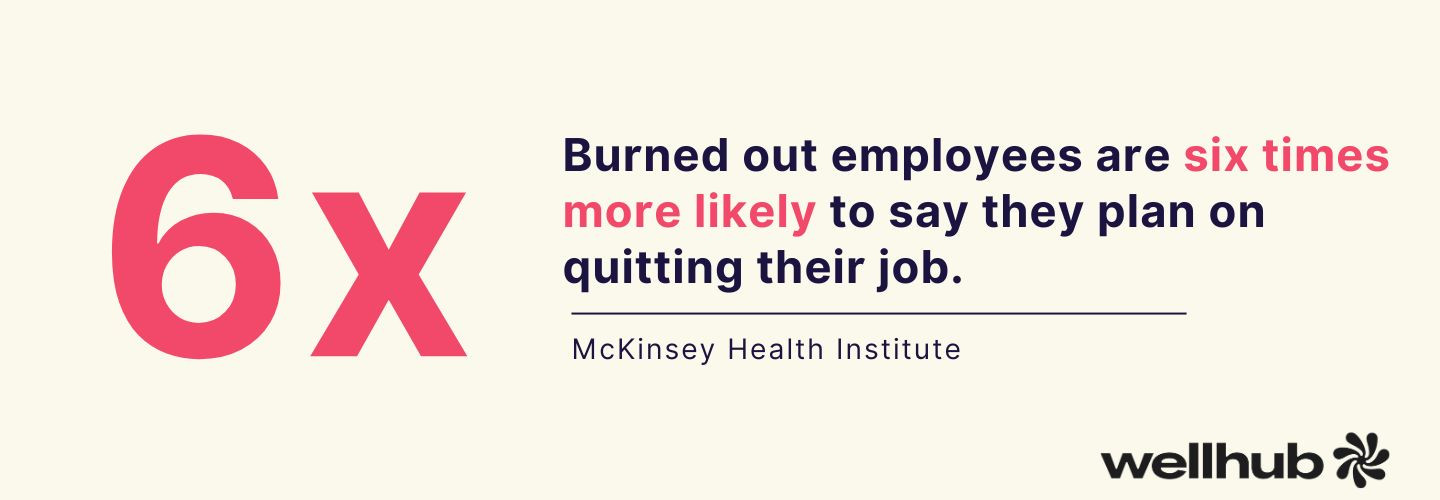
- Increased Productivity and Performance
Simplifying career paths doesn’t slow output—it focuses it.
This is why 56% of CEOs invest in wellness programs to enhance employee productivity and performance. They know that when employees aren’t spread thin by unnecessary stress or ladder-chasing, they deliver deeper, more consistent results.
HR takeaway: Replace “always-on” expectations with “impact-first” metrics. Measure quality and outcomes, not constant visibility.
- Cultural Alignment and Brand Reputation
Employees increasingly judge companies by how authentically they support wellbeing. Seventy-six percent of CEOs say their wellness initiatives significantly impact brand perception. By embracing career minimalism, organizations signal that they respect human limits—and attract talent who share those values.
HR takeaway: Celebrate stories of employees who thrive by working smarter, not harder. These examples reshape culture faster than any policy change.

The Risks
- Mislabeling Minimalism as Complacency
Some leaders still equate reduced ambition with laziness. That perception can create tension, especially in performance-driven environments.
HR response: Educate managers on recognizing healthy boundaries versus disengagement. Reinforce that balance fuels, not hinders, performance.
- Leadership Pipeline Gaps
With over 50% of Gen Z uninterested in management and only 6% aspiring to reach the C-suite, fewer workers may pursue traditional leadership tracks. This could lead to a leadership vacuum without intentional cultivation.
HR response: Redesign career paths. Create “expert” and “mentor” tracks that reward mastery without requiring people-management duties.
- Cultural Imbalance if Not Equitably Applied
Not all roles or industries can flex equally. If minimalism becomes a privilege for some teams, it can widen resentment.
HR response: Ensure equitable access to flexibility—schedule autonomy, hybrid options, and wellness resources across functions and levels.
- Risk of Under-Development
Without intentional growth planning, some employees may plateau.
HR response: Pair minimalism with learning. Encourage continuous upskilling and cross-training to keep talent agile even within calmer career arcs.
Career minimalism isn’t an anti-work movement—it’s a pro-wellbeing one. It helps people show up as their best selves, and the data is undeniable: organizations investing in wellbeing report stronger retention, happier teams, and measurable ROI. The smartest HR leaders won’t resist this shift—they’ll harness it to design healthier, more human workplaces.
How HR Can Harness Career Minimalism
If career minimalism is the new mindset, the smartest employers will meet it with new models. Instead of pushing employees to climb faster, organizations can focus on helping them flourish longer.
This isn’t about lowering ambition — it’s about modernizing it. HR leaders have an opportunity to redefine success in ways that serve both wellbeing and business growth.
- Redefine Growth Beyond the Ladder
Traditional career paths move only up. But employees today want growth that moves out — sideways, diagonally, or even back temporarily for balance.
According to Robert Walters, twice as many Gen Z employees prefer flat organizational models to traditional hierarchies. Yet 89% of employers still believe middle management roles are vital to long-term success. That’s a clear gap — and a clear opportunity.
What to do:
- Design dual career paths — one for leadership, one for individual expertise.
- Offer recognition, pay increases, and perks for skill mastery, not just people management.
- Integrate mentoring, cross-functional projects, and rotational programs that expand capability without adding burnout.
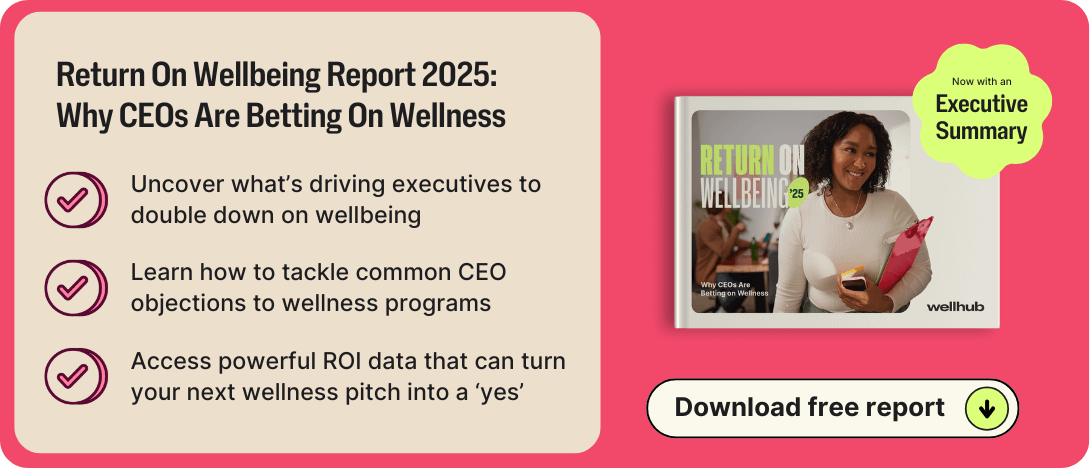
- Build a Culture That Celebrates Wellbeing
Minimalist careers thrive in cultures that respect limits. When employees know they won’t be penalized for balance, engagement soars. You see this clearly when 67% of CEOs say their wellness program significantly reduces employee absenteeism.
What to do:
- Encourage leaders to model downtime and openness around mental health.
- Create “energy checkpoints” — regular 1:1s that track workload and wellbeing alongside goals.
- Use recognition programs to highlight employees who exemplify balance, not overextension.
- Offer Flexibility as a Core Benefit
Career minimalists prize freedom. Whether that means remote work, compressed weeks, or creative scheduling, flexibility isn’t a perk — it’s a priority.
What to do:
- Build flexibility into every role description — not just white-collar ones.
- Let employees set “focus hours” or asynchronous schedules where possible.
- Use technology to measure outcomes, not activity.
- Support Financial Wellness, Too
Career minimalism only works when employees feel financially stable enough to make intentional choices. Yet 68% of workers say their financial situation prevents them from investing in wellbeing.
What to do:
- Expand benefits to include budgeting tools, student loan assistance, and financial coaching.
- Communicate total compensation value clearly — employees often underestimate their benefits.
- Tie wellness stipends to holistic wellbeing (mental, physical, and financial health).
Loud Budgeting: Why This TikTok Trend Has Implications for Your Compensation Strategy
- Train Managers to Be Coaches, Not Gatekeepers
The success of career minimalism inside an organization depends largely on how managers handle it. Managers set the tone — and if they equate “balance” with “lack of drive,” the culture won’t shift.
What to do:
- Teach managers to hold developmental conversations focused on strengths, not gaps.
- Coach them to ask: “What does sustainable success look like for you right now?”
- Celebrate managers who support balance as much as they celebrate those who hit KPIs.
- Reimagine Success Metrics
It’s time to measure what really matters. Instead of tracking promotions or hours logged, leading companies are evaluating impact, wellbeing, and retention. Because a healthy workforce is a profitable one: Wellhub’s Return on Wellbeing 2025 found that 82% of CEOs report a positive ROI from wellness programs, and 78% see returns greater than 50%.
What to do:
- Add wellbeing indicators to performance dashboards (e.g., burnout risk, engagement levels).
- Track participation in wellbeing programs as a success metric for leadership teams.
- Link people metrics to business outcomes to prove the ROI of balance.
- Model the Movement at the Top
Career minimalism doesn’t have to start at the bottom. When executives model sustainable work habits — taking breaks, saying no, and prioritizing wellness — it sends a powerful message across the organization.
What to do:
- Encourage C-suite leaders to publicly share how they manage energy and boundaries.
- Normalize healthy habits in leadership communications — walking meetings, flexible Fridays, digital detoxes.
- Embed wellbeing goals into executive performance plans.
Supporting Career Minimalists Through Wellbeing
Career minimalism isn’t about doing less. It’s about doing what matters — building careers that leave room for health, purpose, and life outside work. Employees today want freedom to grow on their own terms, and that’s a powerful opportunity for HR leaders.
A strong wellbeing program makes that possible. It gives people the flexibility, resources, and balance they need to thrive without burning out. And when that happens, everyone wins.
Speak with a Wellhub wellbeing specialist to create a program that helps your employees build sustainable, fulfilling careers — and helps your organization grow right alongside them.

Company healthcare costs drop by up to 35% with Wellhub*
See how we can help you reduce your healthcare spending.
[*] Based on proprietary research comparing healthcare costs of active Wellhub users to non-users.
Category
Share

The Wellhub Editorial Team empowers HR leaders to support worker wellbeing. Our original research, trend analyses, and helpful how-tos provide the tools they need to improve workforce wellness in today's fast-shifting professional landscape.
Subscribe
Our weekly newsletter is your source of education and inspiration to help you create a corporate wellness program that actually matters.
Subscribe
Our weekly newsletter is your source of education and inspiration to help you create a corporate wellness program that actually matters.
You May Also Like

Attrition, Turnover & Retention Differences Explained | Wellhub
Clearly understand the attrition, turnover, retention difference to improve workforce planning, reduce costs, and strengthen your people strategy.

Termination Letter Template: 3-Step HR Risk Guide | Wellhub
Protect every separation with a termination letter template, plus a 3-step HR framework that reduces legal risk, supports dignity, and keeps teams stable.

10 Exit Interview Questions to Ask | Wellhub
Discover the top 10 exit interview questions to ask employees. Gain valuable feedback, identify areas for improvement, and enhance your workplace culture.